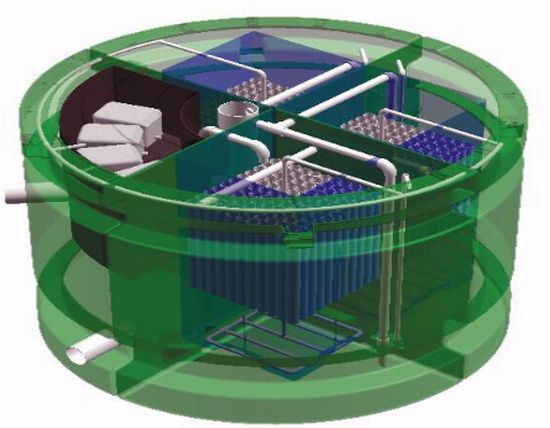Indoor farming is a pretty old concept, but till now, we use it mostly for growing herbs in our pots. Nevertheless, these herbs, just because of their small quantity, don’t justify their utility. However, when we grow the same herbs in a large quantity inside our houses, not only they would be less expensive, we would even be able to alter the surrounding of the crop depending upon its requirements. Furthermore, if we add sustainable agricultural techniques into the mix, it might also help us in obviating the impact of agriculture on the environment. Although it has both positive and negative sides, eco-friendly vertical farming might become one of the popular agricultural techniques in the future. But how much have we developed in this field? Let’s take a look.
Eco-friendly vertical farming

Vertical farms, what is that? Well, Vertical farming or skyfarming is a theoretical form of agriculture which we can do in urban high-rises. In these farmscrapers (high-rises) food such as vegetables, fruit, fish, and even live-stock can be raised by using greenhouse growing methods. Ingenious idea! Despite concerns over exorbitant costs, Dickson Despommier, an environmental health expert in New York is sure that the world has the know-how to make the concept a reality. 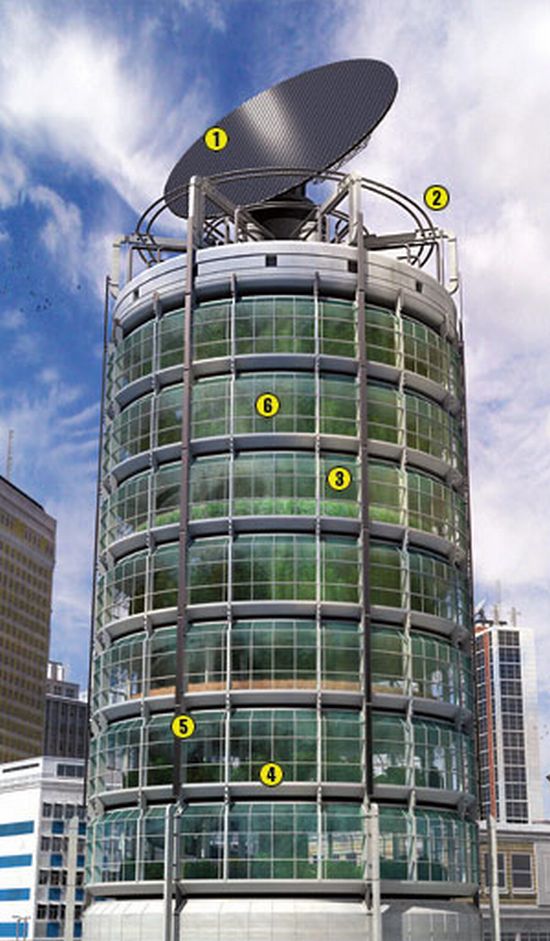
In fact, Chris Jacobs, Creative Director of United Future, LA California is bringing the eco-friendly vertical farming concepts into the spotlight. It is especially after his article about Dickson’s Vertical Farm concept was one of the features in the New York Magazine. But, why do we need vertical farming? Dickson Despommier says,
the reason why we need vertical farming is that horizontal farming is failing. If current practices don’t change by mid-century, he points outs, an area bigger than Brazil would need to become farmland just to keep pace with the demand
Vertical farming has numerous advantages; some of them are as follows:
- Prevention of deforestation, sprawl, and other consequences of growing agricultural land use.
- By producing food within the city, the food doesn’t require transportation from distant farms.
- The controlled environment of a greenhouse will also hopefully allow greater crop yields. In addition, they would reduce the need for pesticides and fertilizers.
Way to go! We hope vertical farms become a reality soon. Not only will they make the cities cleaner, but they will also help to reduce global warming.
Some more eco friendly vertical farm ideas
1. Sustainable vertical farm concept grows food hydroponically
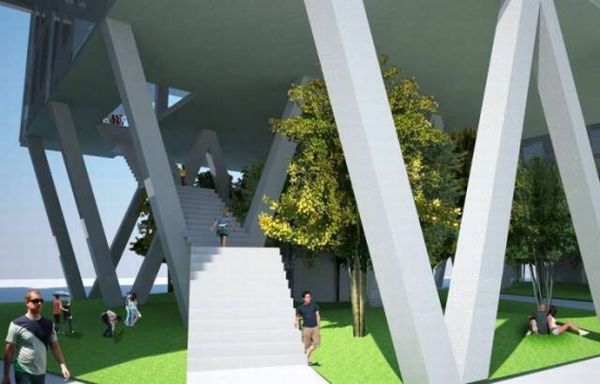
According to lot of researchers and architects, the available land for farming continuously decreases. Hence future farming will be performed on skyscrapers that are designed especially for agriculture purpose. Victorian Eco-Innovation Lab (VEIL) has introduced novel and improved designs for vertical farms. It will grow crops hydroponically on framework of the structure of the building. According to the opinion of VEIL designers, the traditional method of indoor growing of food is not feasible.
The two-storied building will have structures with large floor plates. The internal side of the floor will be kept open allowing entering maximum sunlight and air to filter through. It will almost reduce the use of artificial lightening. In addition, it would offer temperature regulation crops to grow in natural ventilation and natural light.
2. Off-shore vertical farm concept is optimized to generate renewable energy
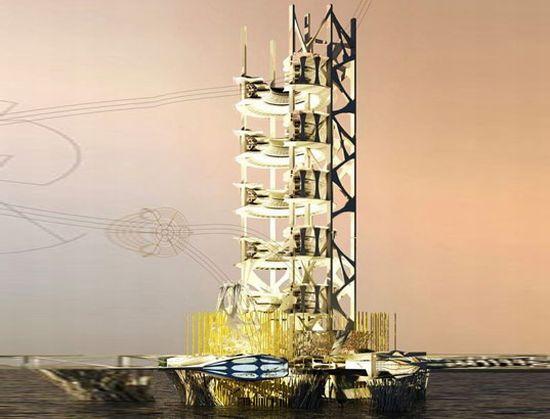
Ruwan Fernando, an Australian architect, introduces with a novel proposed vertical farm built on offshore location. The concept of vertical farm will have several benefits than horizontal farms. It will get more benefit with better access to water, sunlight, wind and waves, minerals. These will harness to generate renewable energy. This design will have five levels standing on a platform with open water in the center. Each level of the structure will target different purposes like food generation, residential space, food factories etc. It would incorporate photovoltaic cells and tidal power systems that transform energy from waves into usable electricity. In addition to this, a set of vertical axis wind turbines would also be a part of this design.
3. Vertical farm with wind turbines: Farming in the new age

It seems that we are indeed in need of land these days. With people not only decided to expand vertically for their homes but also for their farming needs. Thus, with the idea of vertical farming, people are striving hard to design more acceptable and practical vertical farms across the world. The Dallas Skyfarm is a vertical farm design is an effort to localize the idea of vertical farming. It might turn out best from green energy.
It is a new eco-friendly vertical farming structure, crops grow in shallow hydroponic system which is at higher levels while lower levels shelters larger tress. There are wind turbines that will generate green energy continuously. It is the specific feature of this design with an intention to exploit the potential of windy Dallas.
4. Singapore to soon flaunt a vertical farm incorporated skyscraper
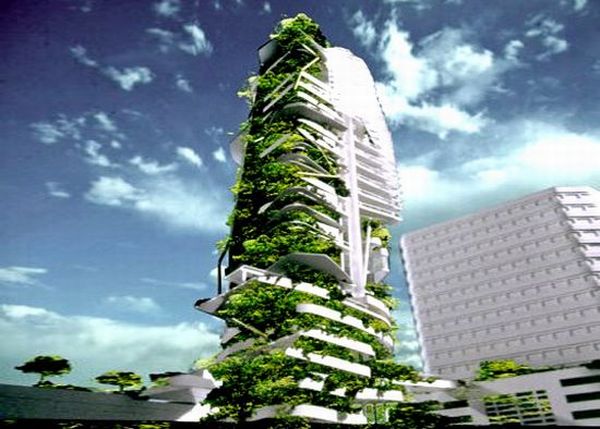
There is nothing new living in skyscrapers but concept of floating people to live and grow their own vegetation in the sky is new. TR Hamzah & Yeang, an eco-minded architecture firm has come with a skyscraper dubbed the EDITT (Ecological Design In The Tropics) Tower in Singapore. This skyscraper has 25 stories. It utilizes various recyclable items that will address a few of the most eco-friendly technologies in a high-rise building.
5. World’s first vertical farm within a zoo developed in Europe

Paington Zoo Environmental park in Devon is the world’s first vertical farm located in Zoo. The VertiCrop Garden has an intention to provide fresh crops for the animals residing in the zoo which will cut down the needs for getting food from outside.
The crops in the garden develop in pot in large individual pockets, vertical panels which hang on the overhead conveyor system that provides water and nutrients to grow the plant.
6. Modular eco-friendly vertical farming concept for Prague
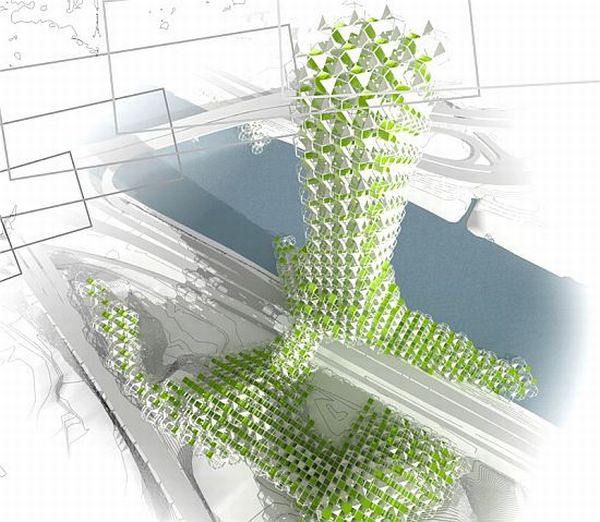
Often architects propose vertical farms as a best possible way to bring farming land to urban world with an intention to reduce pollution and transportation costs. Architects Michal Votruba and Michaela Dejdarova proposed sustainable vertical farm for Prague city with an idea to give communal farm for the city.
The module wise structure consists of group of tetrahedrons to create exoskeleton that supports hundreds of green terraces for agriculture. The modularity of all components is the unique feature of this project which focus development in stages based on the demand.
7. UPI-2M proposes biofuel generating vertical farms for the urban world
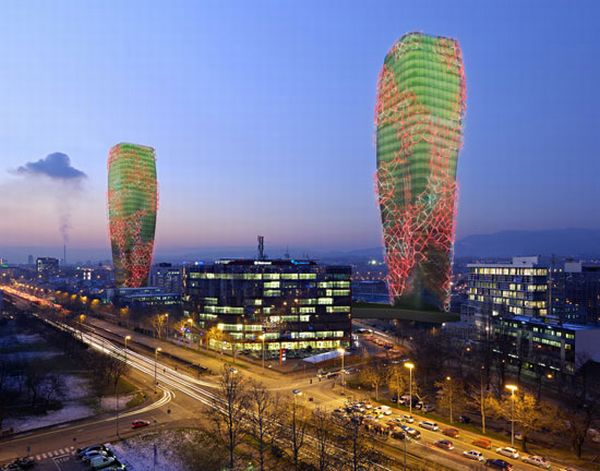
The government is focusing better sources to generate fuels reducing the dependency on fossils fuel. Bio-fuel prepared from algae is the new source to generate fuel if there is adequate land to cultivate fuel producing plants. According to UPI-2M designers, availability of such a large scale of land to cultivate algae is impossible, so they try to focus on sky.
UPI-2M located in Croatia has proposed Biooctanic vertical farms, ultizing bamboo and algae to provide best bio-fuel production. The bio-fuel will not be just eco-friendly but will give economical transportation and reduce air pollution.
8. London Bridge envisioned with a solar vertical farm and residences
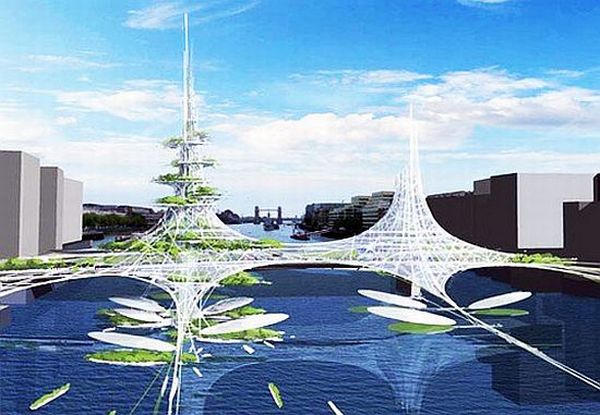
London Bridge over the Thames River surrounded by buildings and merchants on both the sides is an active place serves one common purpose of letting people pass from one side to another. Laurie Chetwood has come up with latest design with a vision of sustainable structure of London Bridge that generates renewable energy and organic food for people of London.
The next serial proposal has come up with construction vertical farm in the middle of Thames River. The bridge already has solar and wind energy generating spires that command commercial center and self-sufficient organic farm.
9. Ingenious vertical farm in Dubai to irrigate plants with seawater
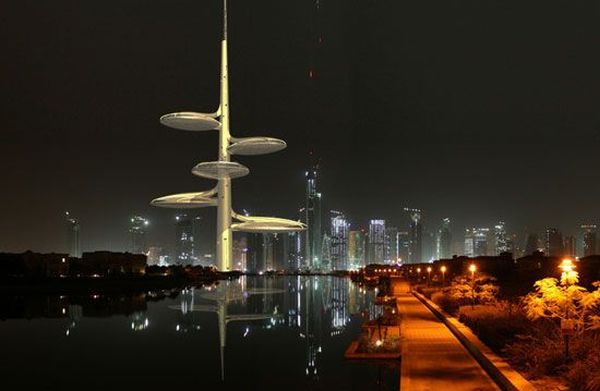
Studiomobile Italian architects are helping out Dubai to bless them with using resourceful Seawater Vertical Farm. The vertical farm will use seawater to cool and humidify greenhouse and using humidity to transform it back into source of freshwater to irrigate agriculture. The air going in the greenhouse is initially cool and humid with seawater helping out to make necessary conditions to plant crops.
10. 600m tall dragonfly wing vertical farm designed for New York
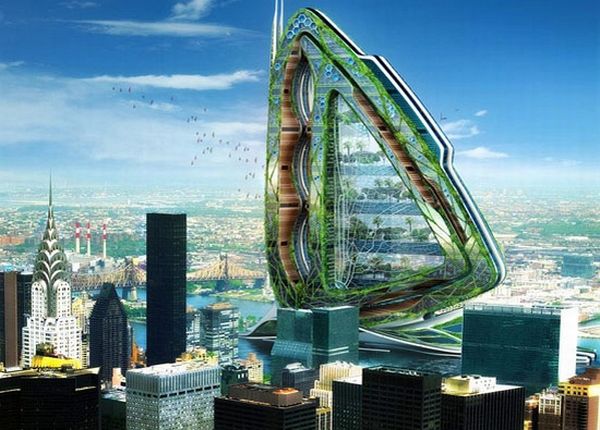
It is annoying listening humming sound of dragonfly when it whistles around your nose when you are preparing a fine barbeque. However, Vincent Callebaut architect has an obsession with dragonfly planned 600m tall dragonfly wing-shaped structure in the skyline of green New York. This vertical farm named as Dragonfly is designed to have 132 floors that can accommodate production of 28 different agricultural crops of vegetables, fruits, and dairy items.



